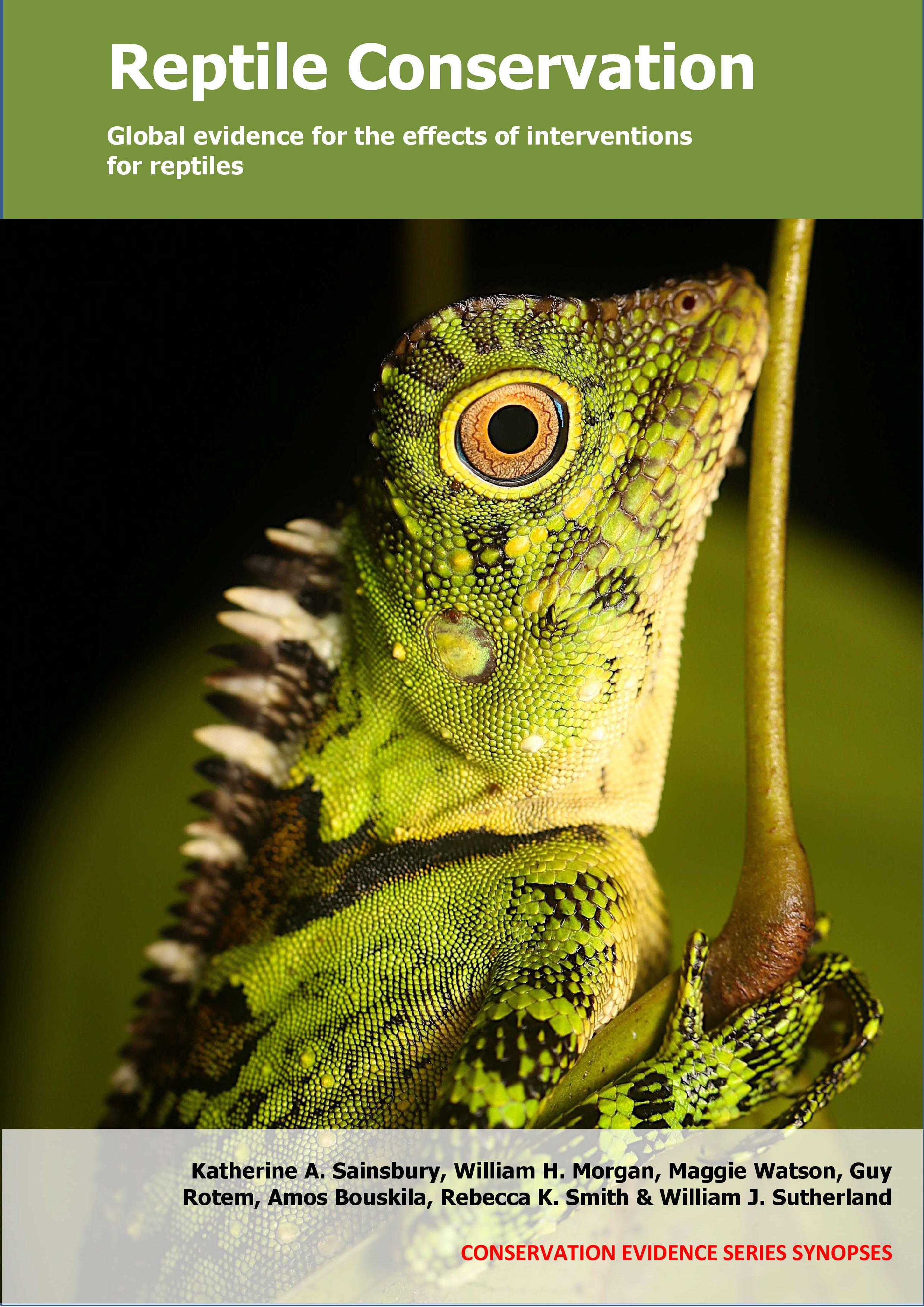Change the colour (spectral composition) of lighting
-
Overall effectiveness category Awaiting assessment
-
Number of studies: 3
View assessment score
Hide assessment score
How is the evidence assessed?
-
Effectiveness
not assessed -
Certainty
not assessed -
Harms
not assessed
Study locations
Supporting evidence from individual studies
A replicated, controlled study (years not provided) on a beach in Florida, USA (Witherington & Bjorndal 1991) found that yellow-tinted incandescent lighting did not affect loggerhead turtle Caretta caretta hatchling seaward orientation at high intensity, whereas four other artificial lights did at both low and high intensities. Hatchlings released under high, but not low, intensity yellow-tinted incandescent lighting oriented in a similar direction compared to no lighting (data reported as crawl angle), which was directly seawards on average. High-pressure sodium vapour, low-pressure sodium vapour, red-tinted incandescent and white quartz lighting all affected sea turtle hatchling seaward orientation at high and low intensities compared to no lighting (data reported as crawl angle, see paper for details). Overall, hatchlings tended to be most attracted to white quartz lighting. High-pressure sodium vapour, low-pressure sodium vapour, yellow-tinted incandescent, red-tinted incandescent and white quartz lights were trialled at high and low intensity. Trials were conducted at night by releasing 30 hatchlings/trial (from 30 different clutches) into the centre of an 8 m diameter sand arena divided into 32 segments, with segment one closest to the sea (0°) and a light positioned 4 m from the eighth segment (90°). After five minutes, the segment location of hatchlings was recorded. Trials were also carried out with no lighting.
Study and other actions testedA replicated, controlled study in 2000–2001 in a laboratory in Florida, USA (Sella et al. 2006) found that filtering lights did not prevent loggerhead Caretta caretta or green Chelonia mydas turtle hatchlings from crawling towards a light source, though fewer turtles crawled towards filtered compared to unfiltered lights. Turtles crawled preferentially towards an orange, red or unfiltered light source, but showed no directional preference when no light source was present (data reported as average crawl angle). In addition, more turtles crawled towards a filtered light source over no light in two of four trials (68–84% of individuals), and towards an unfiltered light source over no light in two of two trials (96–100% of individuals). In 2000, turtles were placed in a circular arena where they could crawl in any direction, and in 2001 in a “T-maze” where they could crawl in one of two directions. Light sources were presented at the edge of the arena (orange, red, unfiltered or no light; 30 turtles/treatment) or in one arm of the T-maze (orange, red or unfiltered light; 25 turtles/treatment). High pressure sodium vapour lights were used that mimicked streetlights adjacent to turtle nesting sites (equivalent to 40 or 60 m away). In 2000, hatchlings were obtained from a beach hatchery, and in 2001 from natural nests. Each hatchling was used in only one trial and then released in to the wild. Behaviours were monitored with a video camera and monitor.
Study and other actions testedA replicated, randomized, controlled study in 2013 on unlit beaches in Queensland, Australia (Robertson et al. 2016) found that loggerhead turtle Caretta caretta hatchlings were disoriented by amber ‘turtle-safe’ artificial lights and only disoriented by red ‘turtle-safe’ lights when three torches were used. Fewer hatchlings oriented directly seawards under amber lighting (72–89%), compared to no lighting (97%; statistical significance depended on the number of torches used, see original paper). Under red lighting, overall the proportion of hatchlings that oriented seawards was similar (98%) compared to no lighting (99%), but when three torches were used hatchlings were significantly more likely to orient towards the artificial light (see paper for details). Amber (620 nm peak wavelength, 9.8 light intensity) and red (640 nm, 8.3) ‘turtle-friendly’ LED lights were tested (1–4 torches/trial) during different parts of the lunar cycle and results compared to no lighting (amber: 21 total trials, red: 9). Trials were carried out by releasing <1-day-old hatchlings (20 hatchlings/trial) in an 8 m circular sand arena divided into 12 segments (see paper for more details). Hatchling segment location was recorded after five minutes.
Study and other actions tested
Where has this evidence come from?
List of journals searched by synopsis
All the journals searched for all synopses
This Action forms part of the Action Synopsis:
Reptile Conservation
Reptile Conservation - Published 2021
Reptile synopsis





)_2023.JPG)














